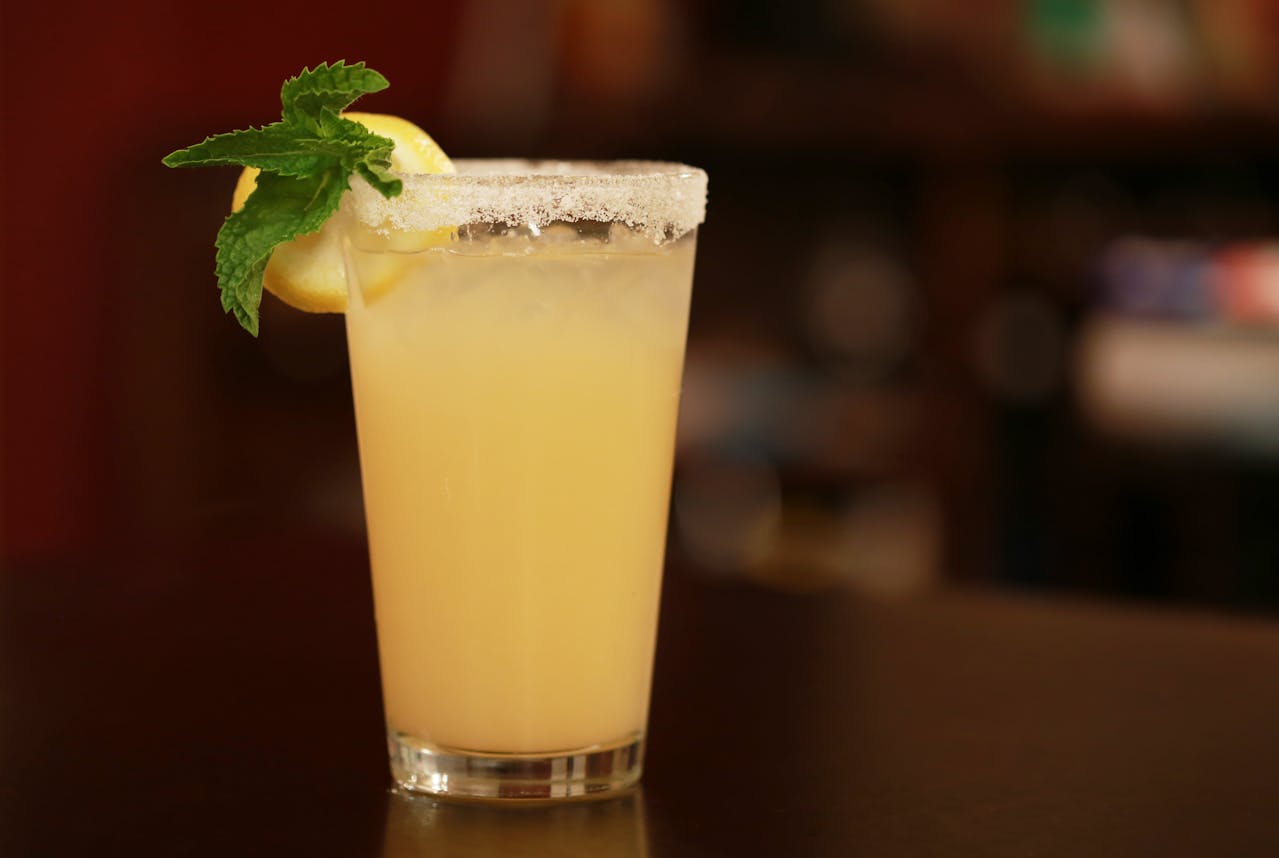Banana in South Indian Culture: From Leaf to Feast
Bananas hold a profound place in South Indian culture, where their use extends beyond mere consumption to embody traditions, rituals, and community gatherings. Central to this cultural integration is the ubiquitous banana leaf, celebrated for its practicality, symbolism, and culinary significance.
Banana Leaf in Ritual and Dining
In South India, the banana leaf serves as a traditional plate for serving meals. This practice is rooted in both practicality and cultural symbolism. The large, biodegradable leaves not only provide a natural and eco-friendly serving surface but also enhance the flavor of food with a subtle aroma. It is believed that serving food on banana leaves imparts health benefits by adding polyphenols to the food.

Celebrations and Festivals
During festivals and special occasions like weddings, birthdays, and religious ceremonies, the use of banana leaves becomes particularly prominent. These events feature elaborate feasts known as “sadya” in Kerala and “virundhu” in Tamil Nadu, where a variety of dishes are meticulously served on banana leaves. This culinary tradition symbolizes hospitality, cultural richness, and community unity.
Versatility of Bananas in Cuisine
Beyond their role as serving vessels, bananas themselves are integral to South Indian cuisine. Raw bananas are used to make savory dishes such as chips (known as “banana chips”), curries, and stir-fries. Ripe bananas are enjoyed as a fruit and are also used in a variety of desserts, including banana halwa, banana dosa, and other traditional sweets.
Festival Significance
Certain festivals in South India further highlight the importance of bananas. During Onam in Kerala, the grand feast known as Onam Sadya is a highlight, featuring numerous traditional dishes served on banana leaves. Pongal, celebrated in Tamil Nadu, also incorporates bananas into its culinary offerings during the harvest festival.
K for Potassium: The Power of Bananas
Bananas hold deep cultural significance in South Indian culture, often used in religious rituals and celebrations. However, their importance extends far beyond cultural practices and into the world of sports and fitness. After any intense match, you might have noticed athletes reaching for a banana. Perhaps you’ve done the same, experiencing the quick boost in energy and stamina it provides. This phenomenon can be attributed to one key element: potassium.
The Role of Potassium in Our Body
Potassium is an essential mineral and electrolyte that plays a crucial role in several bodily functions. Here’s why potassium, particularly from bananas, is so beneficial:
- Electrolyte Balance
- Potassium helps maintain the body’s electrolyte balance, which is vital for nerve function, muscle contractions, and hydration. After intense physical activity, replenishing electrolytes is essential to prevent cramps and maintain performance.
- Muscle Function
- Potassium is crucial for proper muscle function. It helps prevent muscle cramps and spasms, which are common issues faced by athletes. Adequate potassium levels ensure that muscles contract and relax efficiently.
- Energy Production
- Potassium aids in the conversion of glucose into glycogen, the stored form of energy in muscles. This process is vital for sustained energy release during prolonged physical activity.

- Cardiovascular Health
- Potassium helps regulate blood pressure by counteracting the effects of sodium. It ensures the smooth functioning of the heart and reduces the risk of hypertension, a common concern for athletes.
Bananas: The Perfect Source of Potassium
Bananas are often hailed as the perfect source of potassium, and for good reason:
- High Potassium Content: A medium-sized banana contains around 400-450 mg of potassium, making it one of the richest natural sources of this essential mineral.
- Easy to Digest: Bananas are gentle on the stomach and easy to digest, making them an ideal snack before, during, or after exercise.
- Convenient and Portable: Bananas come in their own natural packaging, making them a convenient and portable snack for athletes on the go.
Brown Spots on Bananas
We’ve all seen those brown spots that appear on bananas and wondered if they’re a sign that the fruit has spoiled. Let’s clear up the confusion and understand why these spots form and what they mean for your banana’s quality.
Why Brown Spots Appear
Brown spots on bananas are a natural part of the ripening process. Here’s why they occur:
- Ethylene Gas: Bananas produce ethylene gas, a natural plant hormone that accelerates the ripening process. As bananas ripen, they turn from green to yellow and eventually develop brown spots.
- Enzymatic Browning: When bananas ripen, enzymes in the fruit break down chlorophyll, causing the peel to change color. The brown spots are a result of this enzymatic reaction, which indicates that the sugars in the banana are becoming more concentrated, making the fruit sweeter.

Are Brown Spots a Sign of Spoilage?
Contrary to what some might think, brown spots do not indicate that a banana has spoiled. In fact, these spots often mean that the banana is at its sweetest and most flavorful. However, if the entire banana peel has turned black and the fruit inside is mushy or has an off smell, that’s a sign the banana has gone bad.
Hacks for Keeping Bananas Fresh
To keep your bananas fresh for as long as possible, try these simple hacks:
- Separate the Bananas: Break up the bunch and store bananas individually. This reduces the concentration of ethylene gas around them, slowing down the ripening process.
- Wrap the Stems: Use plastic wrap or aluminum foil to wrap the stems of your bananas. This can help contain the ethylene gas emitted from the stem, delaying ripening.
- Store in a Cool Place: Keep bananas in a cool, dark place, away from direct sunlight and heat. However, avoid refrigerating them until they are fully ripe, as cold temperatures can interfere with the ripening process.
- Use a Banana Hanger: Hanging bananas reduces bruising and allows for even air circulation, which can help them stay fresh longer.
Conclusion
Brown spots on bananas are a natural indication of ripening, not spoilage. Embrace these spots for their added sweetness and flavor, and use the hacks above to extend the freshness of your bananas.
As we conclude our deep dive into the world of bananas, from their cultural significance to their health benefits and storage tips, we hope you’ve gained valuable insights.





